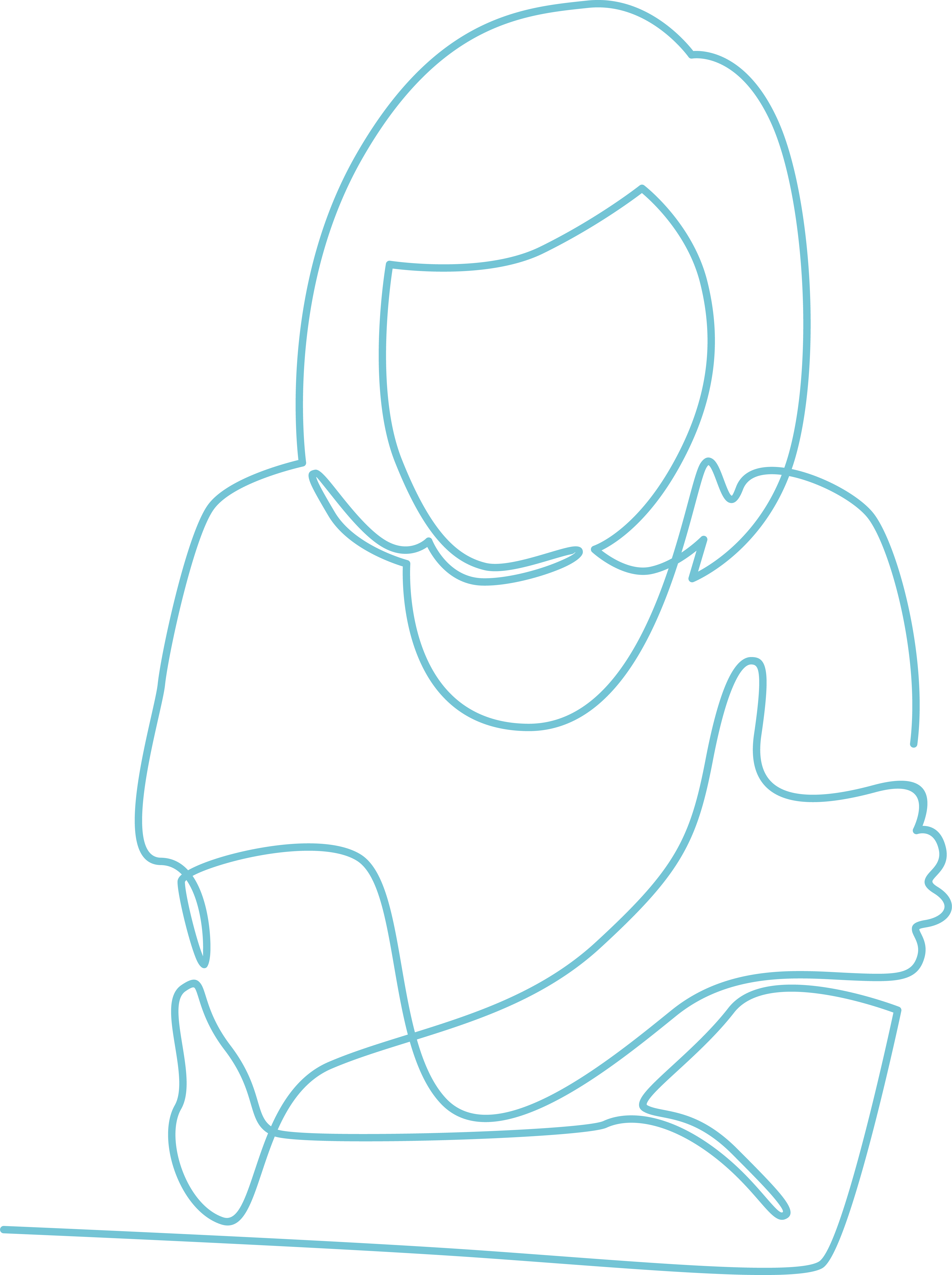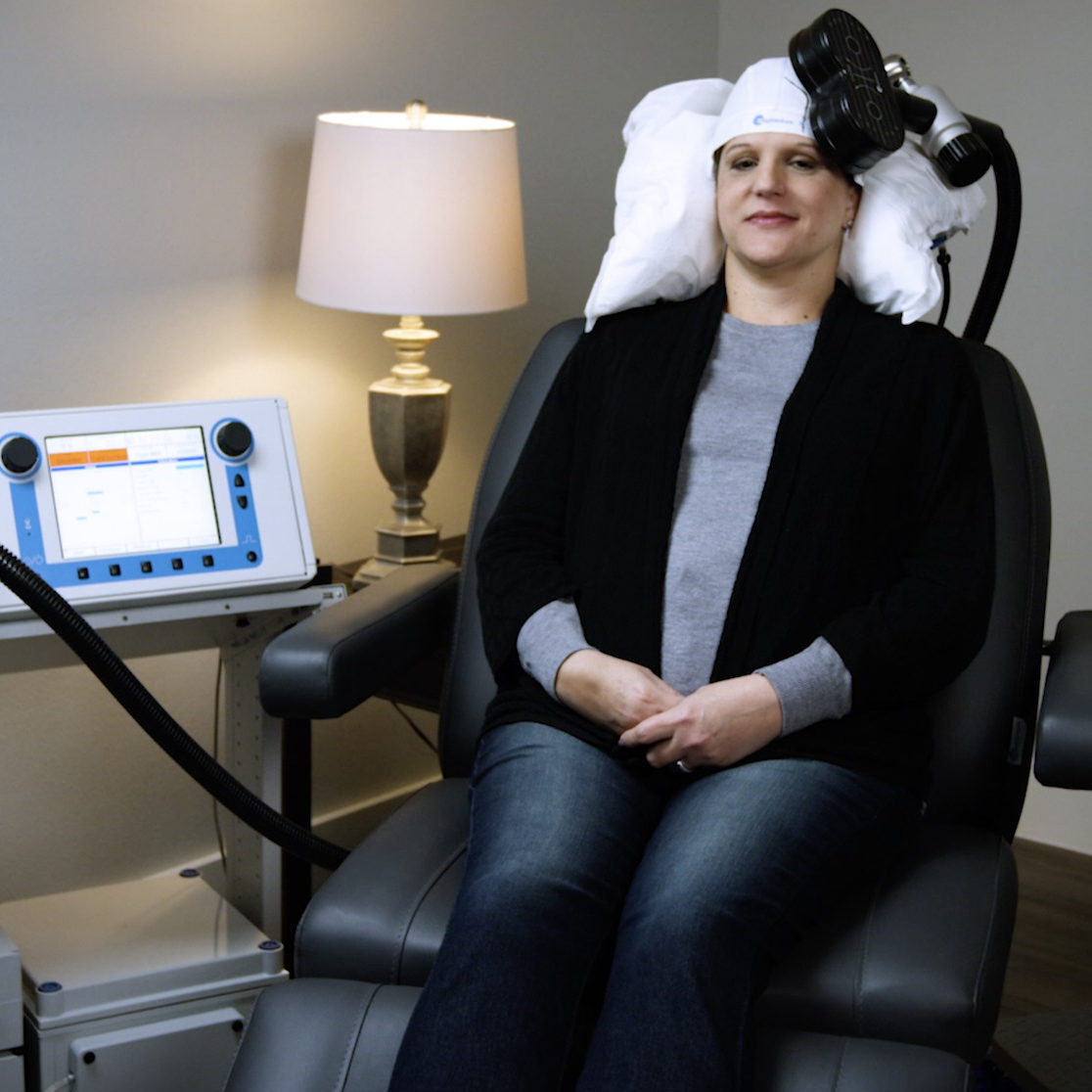
What is Anxious Depression?
There is anxiety, and there is depression, and both are separate disorders. But, what about when you have both? According to research, anxiety, and depression occur together for approximately one-half of depressed patients. When these disorders occur together, it complicates the treatment of depression. Individuals who have an illness characterized by both anxiety and depressive disorders are more likely to have the following:
- Longer duration of their current episode of depression
- Have greater medical problems
- May be less likely to achieve remission despite treatment
- May have more suicidal thoughts
- They may be more likely to give up and stop treatment
- May have less favorable outcomes
These above facts can be true even if the anxiety symptoms do not meet the full criteria for you to be diagnosed with an anxiety disorder.

So which illness comes first?
In most cases, the anxiety disorder precedes the onset of the depressive disorder. Anxiety develops first for almost 70% of those who suffer from both illnesses. In comparison, depression occurs first in just over 13% of cases.
Anxiety is defined as having frequent intense, excessive and persistent worry and fear about everyday situations.
Common anxiety disorders include:
- Social Anxiety Disorder
- Panic Disorder
- Generalized Anxiety Disorder
Perhaps you have not been diagnosed with an anxiety disorder but have anxiety symptoms. In this case, you may have experienced the following:
- Feeling “keyed up” or on edge
- Feeling unusually restless
- Have trouble concentrating due to worry
- Fear that something awful or bad will happen
- Fear losing control
- In situations like these, the treatment for your depression must also take into account the treatment of your anxiety.
Why does anxiety complicate depressive illness?
Anxiety disorders and significant anxiety symptoms cause severe distress and suffering. Anxiety is characterized by fear, worry, and apprehension about the future. When untreated, the person suffering from anxiety often tries to figure out a way to decrease their discomfort.
Unfortunately, the most common method to avoid symptoms is to avoid situations, events, or people that provoke anxiety. While this behavior may temporarily improve things, symptoms typically return, and more avoidance results. This cycle can lead to significant impairment.
Anxiety is problematic for our bodies. High levels of tension and worry can lead to physical symptoms such as headaches, muscle tension, sleep disturbances, and changes in appetite. In addition, the overdrive in our sympathetic nervous system can result in stress on the cardiovascular system.
It is easy to see how anxiety can contribute to the onset of depression and how anxiety can worsen the misery of depression. Therefore, early treatment of anxiety is essential before the individual develops avoidance behaviors and disabilities in their educational and occupational roles or in their relationships.
Why Treat with Salience TMS?
At Salience TMS, we make it our mission to provide patients with the best-in-class TMS therapy experience.
Delivering an exceptional experience and excellent results starts from within our company. Our highly trained and knowledgeable staff prioritizes your care and experience each day, helping to make us the TMS provider of choice for many patients over the last decade.
Why Treat with Salience TMS?
At Salience TMS, we make it our mission to provide patients with the best-in-class TMS therapy experience.
Delivering an exceptional experience and excellent results starts from within our company. Our highly trained and knowledgeable staff prioritizes your care and experience each day, helping to make us the TMS provider of choice for many patients over the last decade.
What are the Treatment Options for Anxious Depression?
Cognitive Behavioral Therapy should be the first-line treatment for anxiety disorders. Thoughts and worries that produce the unpleasant emotion of anxiety are often not rational thoughts. Learning to recognize and replace these irrational thoughts and to eliminate behaviors such as avoidance are fundamental skills that help manage anxiety.
Many antidepressants also relieve anxiety symptoms. However, depressive symptoms usually respond more quickly than anxiety symptoms. It can take up to 12 weeks for SSRI-type antidepressants to control anxiety symptoms.
Other medications, like Benzodiazepines, can be added to manage anxiety. Benzodiazepines should only be used for a short time as they are habit-forming and can put you at risk for accidents and falls.
Transcranial Magnetic Stimulation is a safe and effective treatment for depression and is also helpful in relieving co-occurring anxiety.

What is TMS Therapy?
Transcranial Magnetic Stimulation (TMS) strengthens the salience network, which regulates your thoughts, behaviors, and emotions.
TMS therapy uses safe MRI strength pulses with repetitive treatments to help synchronize networks in the brain.
Similar to physical therapy, TMS therapy uses repetition to strengthen neural networks that can impact your mood.
Learn About TMS Therapy For Anxious Depression
Schedule Your Consultation Today
